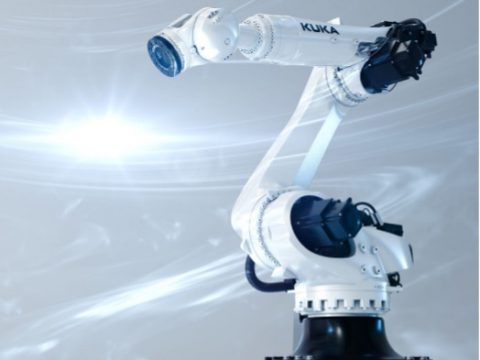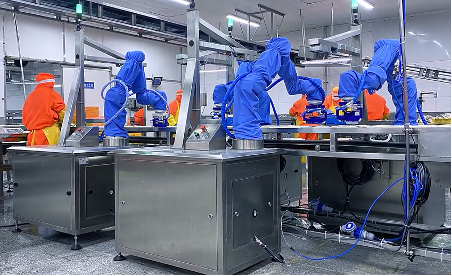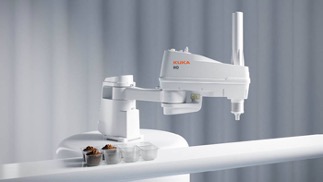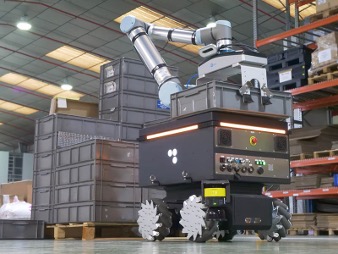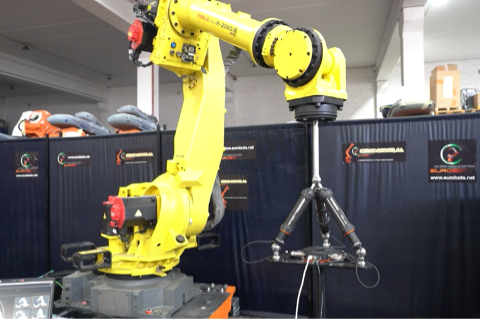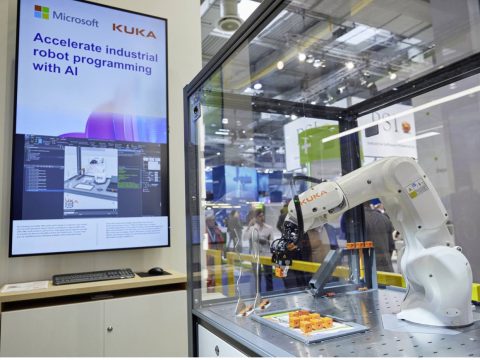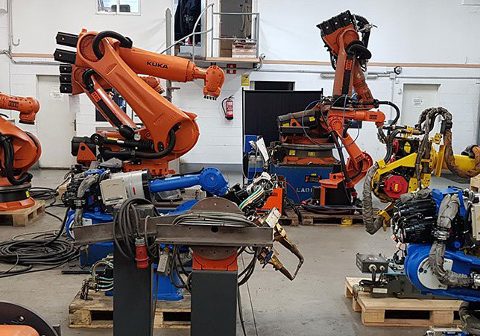INNOVATION IN CELL THERAPY: THE ALLIANCE OF YASKAWA AND ASTELLAS PHARMA
Yaskawa Electric Corporation and Astellas Pharma Announce Innovative Collaboration to Develop a Cell Therapy Platform Yaskawa Electric Corporation and Astellas Pharma have announced an innovative collaboration to develop a cell therapy platform that combines robotic and pharmaceutical technologies. This partnership has the potential to revolutionize the production of cell therapies, facilitating the transition from initial




